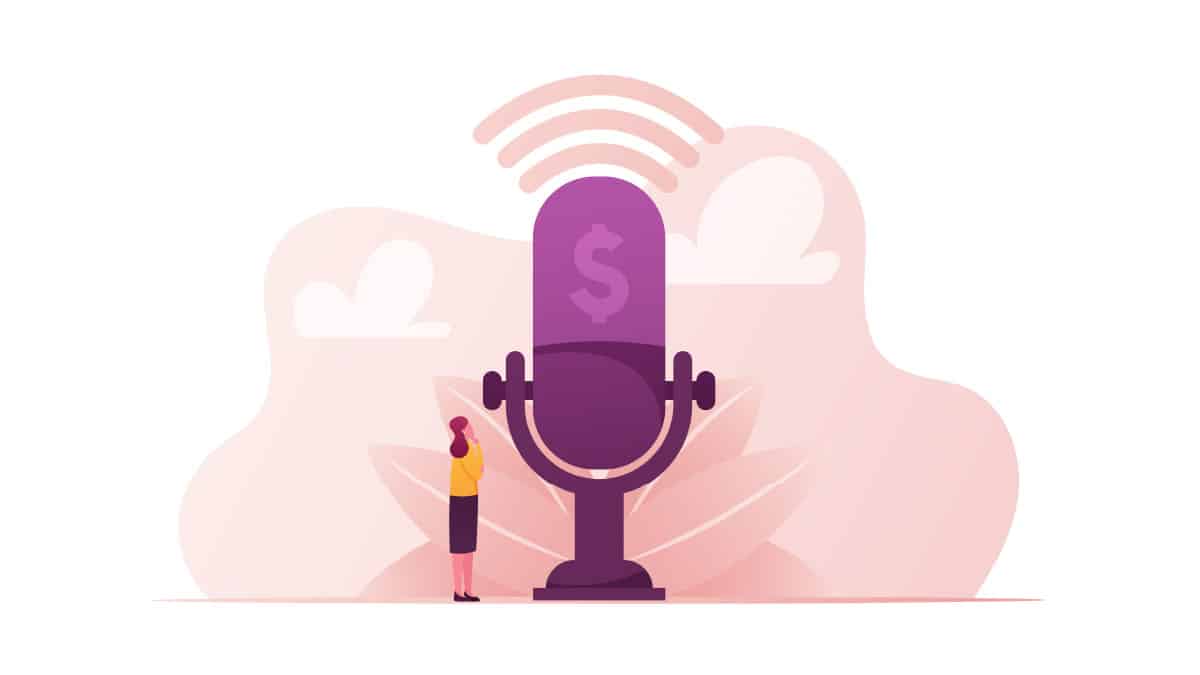BRISBANE, Australia — Through my podcast Media Sales Mastery, I connect with media sales professionals from around the world, and when it comes to the subject of content integration, radio reigns supreme.
Whether it’s building a major breakfast show story arc around a client’s brand; running an engaging consumer promotion that includes giving away a client’s product on air; or a smart alignment with the news, traffic or weather, radio’s enduring appeal to the market is largely its ability to weave a client’s message into the fabric of the station.
Here’s the problem: If a sales team continues to push these boundaries without considering the programming team’s objectives and need to serve the audience, it may turn off the audience and deliver failed campaigns.
Radio’s enduring appeal to the advertising market is largely its ability to weave a client’s message into the fabric of the station.
Here are three things to consider when looking to master the integrated sell.
1. Do an internal sell first
Program and content director roles exist primarily to serve the audience and deliver ratings. While it’s true that commercial radio is advertiser-funded, the sales team must be mindful of programming’s core responsibilities and priorities.
When looking to pitch a client’s message being integrated into the station, the first critical step is to discuss the brief properly with the content teams. Who is the core target audience, what matters to them and why do they listen to the station? What about the product or service could be relevant and useful to them? Clearly articulating all of this is the first step to showing a tangible link to the audience and gaining buy-in from the program director.
2. What existing features can be adapted for a client?
Most clients want “bespoke” solutions. We often interpret this as needing to build something new. Rather, consider these opportunities to identify different segments, features, benchmarks or ideas that (if tweaked correctly) could offer a perfect solution for the client. Some of the best-integrated solutions are just clever re-badging and tweaking of an existing property to match a client’s message.
For example, if the client sells coffee, could you wrap their brand around a “double-shot” music feature at 7 a.m.? If they have a heating business, perhaps they can sponsor the first hour of the breakfast show while the team is “warming up.” A jewelry client could supply the watch for timing the 60-second listener quiz, etc.
Don’t miss the opportunities for quick wins like these. They get the client’s brand front and center in the stickiest parts of the station’s content.
3. Re-packaging commercial inventory will give you an edge
Audiences don’t listen to a radio station like those who work there, meaning they don’t delineate between “content” and “commercial” airtime. Everything coming out of the speakers reflects that particular radio station and either enhances or hinders the listener experience. Some of the best-integrated solutions don’t use content at all, but come from cleverly re-packaged commercial inventory. I once had a national office supplies client ask us to create a “content feature” for them to target office workers. The content director rejected the brief request seven times in a row and was right to do so. We ended up answering the brief and winning the business by using 30-second commercials first in-break packaged as “30-second deskercise.” Whether it’s live reads packaged as “banter pieces;” 30 seconds broken into clever top, middle and tail; or sponsorship credits re-purposed as “tips,” when you view commercial airtime as an opportunity for content, a whole new canvas opens up for your campaign design.
As attention increasingly becomes the currency of advertisers, the ability to cleverly weave a client’s message into the fabric of a radio station is a powerful sales tool. Use it, but don’t abuse it — the job of a great media sales professional is to balance the needs of the advertiser and the audience in equal measure.
The author is a career media sales specialist with more than 13 years of experience spanning radio, digital, podcasting and out of home. His Media Sales Mastery is one of the world’s top-rated podcasts on media sales. Read other articles by Jamie Wood here.

